 Last week’s Hurricane Sandy left many New Yorkers without food, water, power and most of all, without a home. Mayor Bloomberg instated safety precautions in which residents in “Zone A” across the city were mandated to evacuate their building’s to prepare for the life-threatening disaster that was to come. Now, a week later, New Yorkers are trying to recover from the storm but many residents are still displaced. Some residents have long waits of weeks and months before returning to their homes. There are few residents who have no clue as to when they can return to their place of rent due to a lack of communication from building managers. With so many New Yorkers still displaced, the question of how rent payments are being handled lingers in the air.
Last week’s Hurricane Sandy left many New Yorkers without food, water, power and most of all, without a home. Mayor Bloomberg instated safety precautions in which residents in “Zone A” across the city were mandated to evacuate their building’s to prepare for the life-threatening disaster that was to come. Now, a week later, New Yorkers are trying to recover from the storm but many residents are still displaced. Some residents have long waits of weeks and months before returning to their homes. There are few residents who have no clue as to when they can return to their place of rent due to a lack of communication from building managers. With so many New Yorkers still displaced, the question of how rent payments are being handled lingers in the air.
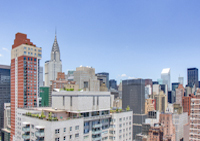



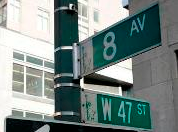
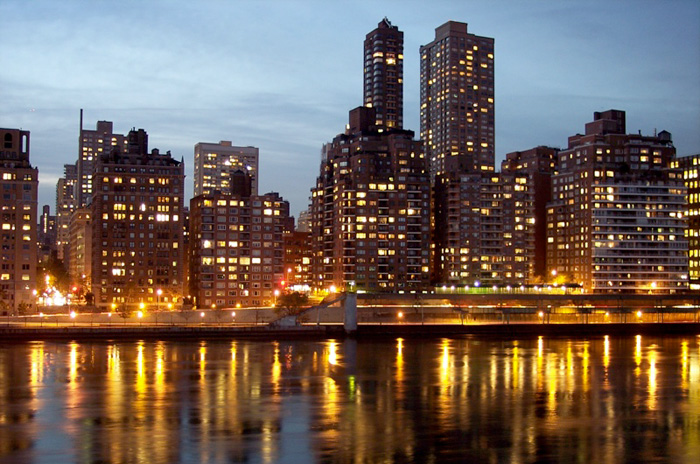
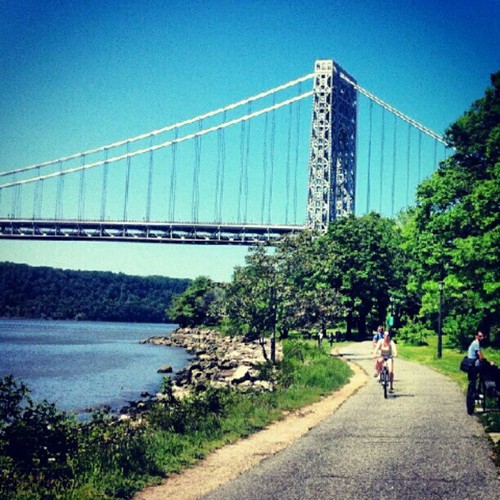
 Although affordable housing was high on Mayor Bloomberg’s list of initiatives, housing costs continue to rise, due perhaps to the market subtracting units faster than Bloomberg can put them up. This has led to a spike in the percentage of income that New Yorker’s are spending on rent. According to a new Harvard paper, the high cost of housing is directly linked to the slowdown of economic growth. This is a problem that is compounded by New York’s high unemployment rate compared with the rest of the country. This seems to occur because New York hires people from out of state and few
Although affordable housing was high on Mayor Bloomberg’s list of initiatives, housing costs continue to rise, due perhaps to the market subtracting units faster than Bloomberg can put them up. This has led to a spike in the percentage of income that New Yorker’s are spending on rent. According to a new Harvard paper, the high cost of housing is directly linked to the slowdown of economic growth. This is a problem that is compounded by New York’s high unemployment rate compared with the rest of the country. This seems to occur because New York hires people from out of state and few 
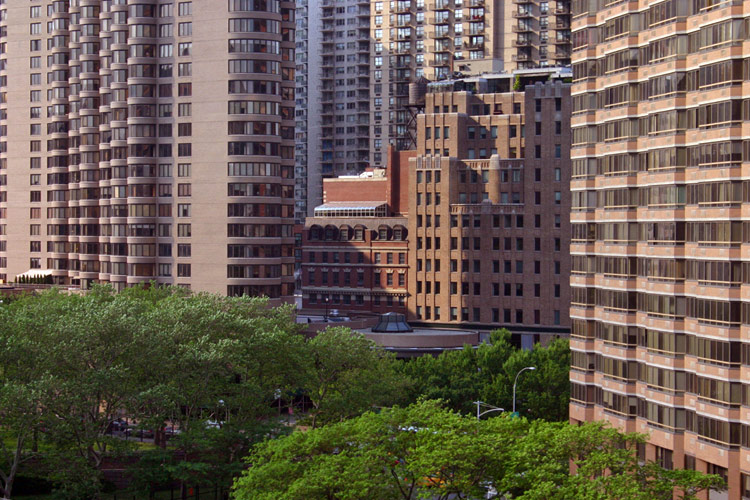 Luxury
Luxury 

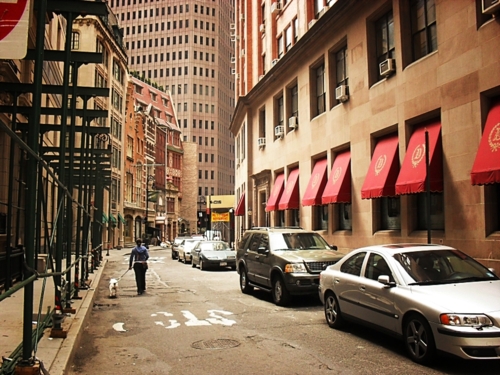 For New Yorkers, the refusal of rent-stabilization begs indignation, shock, or simply confusion. In the
For New Yorkers, the refusal of rent-stabilization begs indignation, shock, or simply confusion. In the  Manhattan’s rental market is cooling down after a strong upward rise over the last few years. However, it continues to progress slowly but surely. This means that more deals are on the market now than at any time since 2009. In neighborhoods such the Lower East Side and the
Manhattan’s rental market is cooling down after a strong upward rise over the last few years. However, it continues to progress slowly but surely. This means that more deals are on the market now than at any time since 2009. In neighborhoods such the Lower East Side and the 